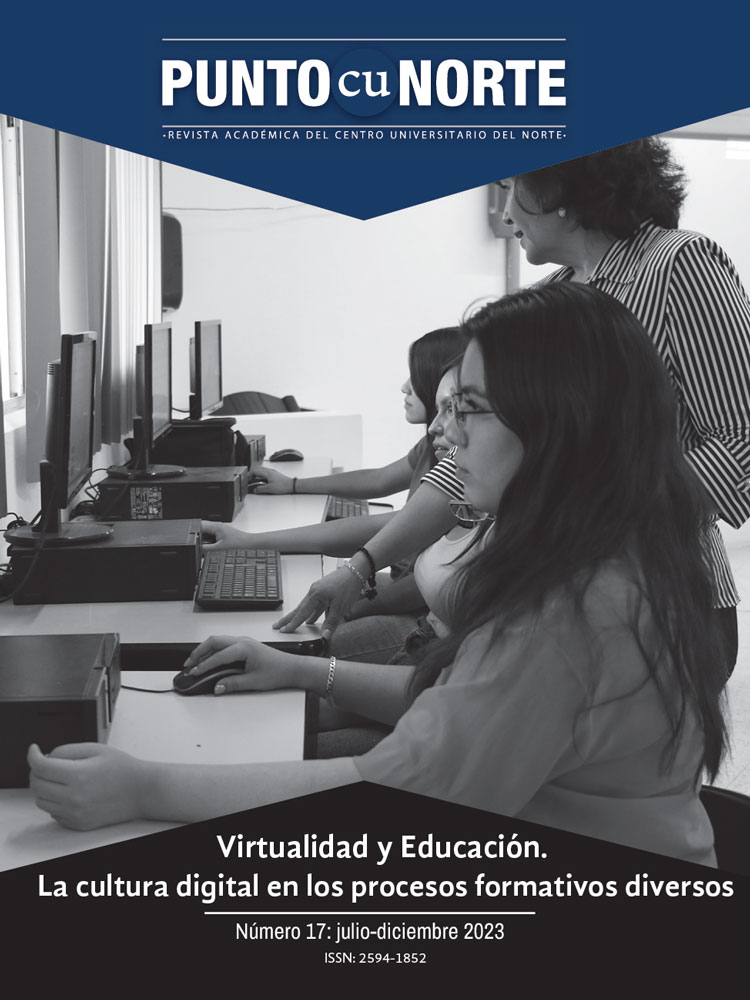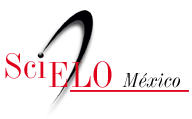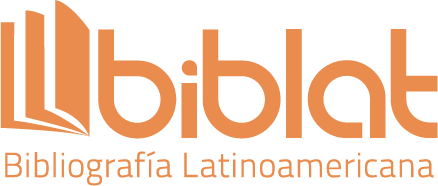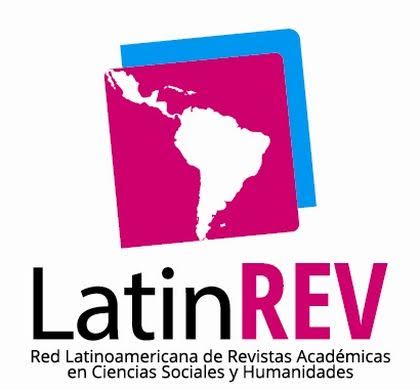Mobility among university students of tourism and the study of foreign languages
DOI:
https://doi.org/10.32870/punto.v1i17.170Keywords:
internationalism, higher education, university students, foreign languageAbstract
The objective of this paper was to analyze whether there is a positive relationship between the choice of destinations for the academic exchange program and the foreign languages studied by university students, in order to understand how the campus language program could be improved in relation to academic exchange. The methodology used was quantitative with a descriptive approach: the first step consisted of data analysis on the students’ choice of destinations and on the foreign languages studied. In the second step, a survey was conducted on the relationship between foreign language proficiency, motivation and obstacles related to mobility. According to the results, it was found that the situation regarding mobility at the University of Guadalajara is similar to that of higher education institutions in Mexico and that the tendency to go to Spanish-speaking countries continues to predominate over other countries where another language is spoken. The relevance of the study lies in the contribution it makes to research on the internationali-zation of higher education (hei), given that Latin America and Mexico do not have sufficiently complete and reliable data and indicators. More studies like this one are needed in other degrees and universities to un-derstand how to create strategies that can improve hei.
References
Beelen, J. & Jones, E. (2018). Internationalization at Home. En P. Teixeira & J. Shin (Eds.), Encyclopedia of International Higher Education Systems and Institutions, 1-4. https://doi.org/10.1007/978-94-017-9553-1_245-1
Bustos Aguirre M. ( 2018). La movilidad estudiantil y su impacto en las estrategias de internacionalización en casa, Punto Norte, 10, 14-28. Retrived from: http://revistas.cunorte.udg.mx/punto/article/view/77
Consejo de Europa. (2002). Marco de referencia europeo para el aprendizaje, la enseñanza y la evaluación de lenguas. Instituto Cervantes. Retrived from: http://cvc.cervantes.es/obref/marco
Diaz Camacho J. F., Ojeda Ramírez M. M., Valderrabano Pedraza D. E. (2016). Metodología de muestreo de poblaciones finitas para aplicaciones en encuestas, Imaginarial Editores. Retrived from: https://www.researchgate.net/publication/320565096_Metodologia_de_muestreo_de_poblaciones_finitas_para_aplicaciones_en_encuestas
Gacel-Ávila J. y Rodríguez Rodríguez S. (2019). The Internationalization of Higher Education in Latin America and The Carribbean. An Assessment. Universidad de Guadalajara. Retrived from: http://erasmusplusriesal.org/es/contenido/internationalization-higher-education-latin-america-and-caribbean-assessment
Green, M. F. (2012). Measuring and assessing internationalization. NAFSA, Association of International Educators. Retrived from: https://goglobal.fiu.edu/_assets/docs/m-green-2012-measuring_and_assessing_internationalization.pdf
Institute of International Education. (2011). Open doors 2011: Report on international educational exchange. NY: Author. Retrived from: https://www.iie.org/Research-and-Insights/Open-Doors
Lesjak M., Juvan E., Ineson E. M., Yap M. H. T., Podovsˇovnik Axelsson E. (2015). Erasmus student motivation: Why and where to go?, Springer Science+Business Media Dordrecht, 845-865. Retrived from: https://eric.ed.gov/?id=EJ1078910
Luchilo, L. (2006).
Movilidad de estudiantes universitarios e internacionalización de la educación superior, Revista Iberoamericana de Ciencia, Tecnología y Sociedad - CTS, 3(7), 105-133. Retrived from: https://www.redalyc.org/pdf/924/92430707.pdf
Maldonado A. (Coord.). (2017). Patlani. Encuesta nacional de Movilidad Estudiantil internacional 2014/2015 y 2015/2016. ANUIES. Retrived from: http://patlani.anuies.mx/archivos/documentos/PATLANI2017_web_optimizado.pdf
Palma Anda J. (2015). Posibilidades y retos para la Internacionalización. En J. Zubierta Garcia J y C. Rama Vitale C. (Ed.). Educación a Distancia en México: Una nueva realidad universitaria. (pp. 81–96), Virtual Educa. Retrived from: https://recursos.educoas.org/publicaciones/la-educaci-n-distancia-en-m-xico-una-nueva-realidad-universitaria
Ramírez Gómez L. A., Pérez Maya C.J., Lara Villanueva R.S. (2017). Panorama del sistema educativo mexicano en la enseñanza del idioma inglés como segunda lengua. Revistacooperación.com, 12, 15-21. Retrived from: https://revistadecooperacion.com/numero12/012-02.pdf
Sandoval Vásquez J. F. Y Hernández Castro G. (2018). Crítica a la teoría del capital humano, educación y desarrollo socioeconómico. Revista Ensayos pedagógicos, Vol. XIII, 2. 137-160. DOI: dx.doi.org/10.15359/rep.13-2.7
Sarduy Domínguez Y. (2007). El análisis de información y las investigaciones cuantitativa y cualitativa, Revista Cubana de Salud Pública, v.33, n.3, 1-11 Retrieved from: http://scielo.sld.cu/scielo.php?pid=S0864-34662007000300020&script=sci_abstract
Secretaria de Educación Pública. (2016). Aprendizajes Claves para la educación integral. Lengua extranjera. Inglés. Educación básica. Plan y programas de estudio, orientaciones didácticas y sugerencias de evaluación. México: Sep. Retrived from: https://www.planyprogramasdestudio.sep.gob.mx/descargables/biblioteca/basica-ingles/1LpM-Ingles_Digital.pdf
Souto-Otero M. , Huisman J., Beerkens M., de Wit H., Vujic S. (2013). Barriers to International Student Mobility: Evidence From the Erasmus Program, Educational Researcher, Vol. 42,(2), 70–77. DOI: 10.3102/0013189X12466696.
Teichler, U. (2017). Internationalisation trends in higher education and the changing role of international student mobility, Journal of International Mobility, Vol 5,1, 177-216 Retrieved from: https://www.cairn-int.info/article-E_JIM_005_0179--internationalisation-trends-in-higher.htm
UNESCO. (2018). UIS.Stat. UNESCO Institute for Statistics (UIS). Retrived from: https://data.uis.unesco.org
Universidad de Guadalajara. (2014). Diagnóstico de la enseñanza del inglés en la Universidad de Guadalajara. Universidad de Guadalajara. Retrived from: http://flip.cga.udg.mx/?page_id=203
Universidad de Guadalajara. (2019). Informe de actividades 2018, Coordinación general de Cooperación e internacionalización. Retrived from: http://ci.cgai.udg.mx/sites/default/files/Informe_CGCI_2018.pdf
Veiga de Cabo J. de la Fuente Díez E. , Zimmermann Verdejo M., (2008) Modelos de estudios en investigación aplicada: conceptos y criterios para el diseño, Medicina y Seguridad en el Trabajo, vol.54, 81-88. Retrieved from: https://scielo.isciii.es/scielo.php?script=sci_abstract&pid=S0465-546X2008000100011
Zarco Vité M. E. y Maldonado Pérez E. (2018). La movilidad internacional: un reto para el aprendizaje de las lenguas extranjeras en la universidad autónoma metropolitana. Re lingüística aplicada, 22, 1-22. Retrived from: http://relinguistica.azc.uam.mx/no022/art08(Zarco&Maldonado).htm
Published
How to Cite
Issue
Section
License
Copyright (c) 2023 Sabrina Nigra

This work is licensed under a Creative Commons Attribution-NonCommercial 4.0 International License.
Los autores/as que publiquen en esta revista aceptan las siguientes condiciones:
De acuerdo con la legislación de derechos de autor, Punto Cunorte reconoce y respeta el derecho moral de los autores, así como la titularidad del derecho patrimonial. Bajo la iniciativa de Budapest de acceso abierto, el autor otorga derechos conexos a la Universidad de Guadalajara, al Centro Universitario del Norte y a la revista Punto Cunorte para su difusión en acceso abierto. Punto Cunorte no realiza cargos a los autores por enviar y procesar artículos para su publicación.
Los autores/as pueden realizar otros acuerdos contractuales independientes y adicionales para la distribución no exclusiva de la versión del artículo publicado en Punto Cunorte (por ejemplo incluirlo en un repositorio institucional o publicarlo en un libro) siempre que indiquen claramente que el trabajo se publicó por primera vez en Punto Cunorte.
Esta obra está bajo una Licencia Creative Commons Atribución-NoComercial 4.0 Internacional.









